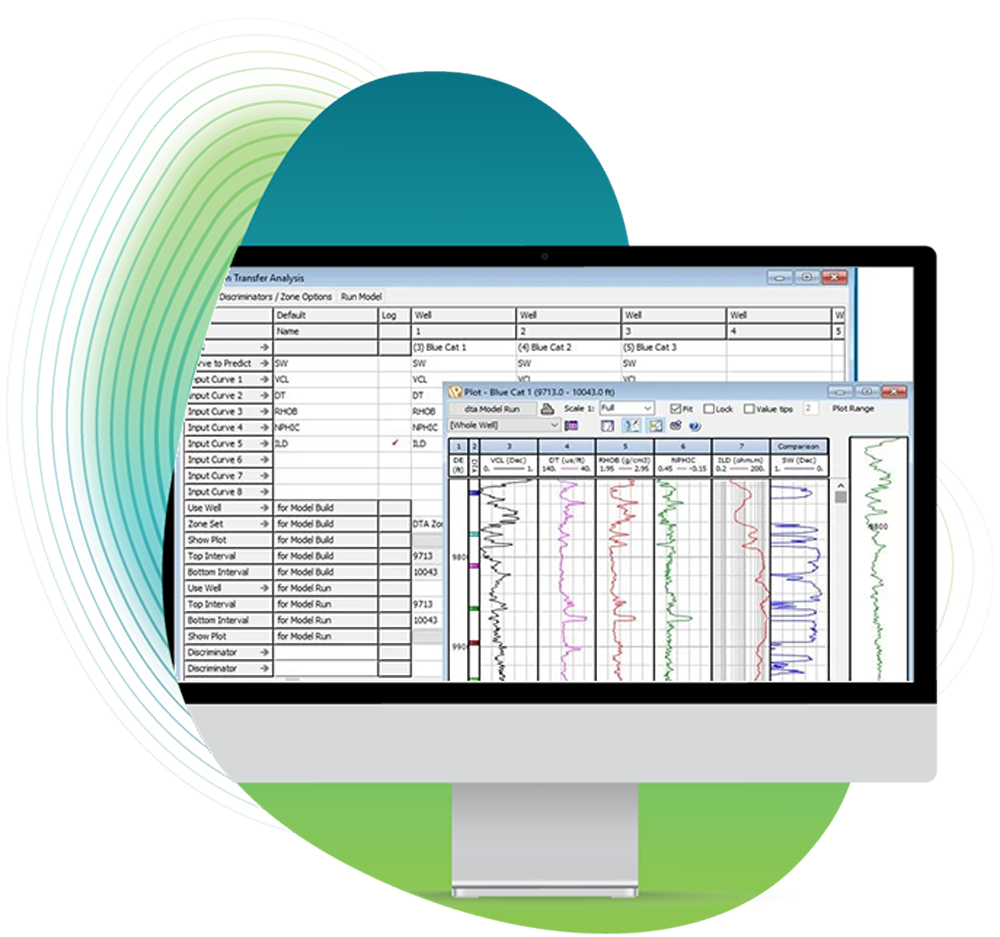Geophysics
Geophysics
Our IP Geophysics bundle brings your petrophysics and geophysics teams together, helping them apply their knowledge across seismic and well log data to build the fullest possible interpretation.
Perform sophisticated fluid substitution modelling. Predict key reservoir properties from minimal source data. Create Synthetic Seismograms to compare bed boundary depths with seismic data or reprocess and interpret vital acoustic logs.
Tightly integrated with the rest of the IP suite, IP Geophysics gives you the power to link your data – and your understanding.
Download The Flyer
Explore the modules
included in this toolkit

Frans Mulders
IP Product Champion
“IP Geophysics maximises your understanding of seismic and well log data, without having to go through long-winded workflows. Complex matters such as sophisticated fluid substitution modelling, creating synthetic seismograms to compare bed boundary depths with seismic data, and acoustic log re-processing and interpretation are all at your fingertips and tightly integrated with the rest of the IP suite.”
Rock Physics
Rock Physics offers an innovative way to depth-match bed boundaries and other markers from log traces to real seismic data. By calculating acoustic impedance from density and sonic logs, then combining it with check-shot (VSP) data, Rock Physics creates a Synthetic Seismogram. Using different input data and filters, you can recompute the synthetic trace to optimise the match with seismic.
Modelling fluid saturations is one of the fundamental objectives in Rock Physics. The Rock Physics module allows you to compute the seismic response for each fluid substitution case, including in-situ fluids; permitting in depth analysis of fluid variations and how such changes would be reflected in the seismic.
Pictured: Visualise synthetic seismograms and compare different scenarios.
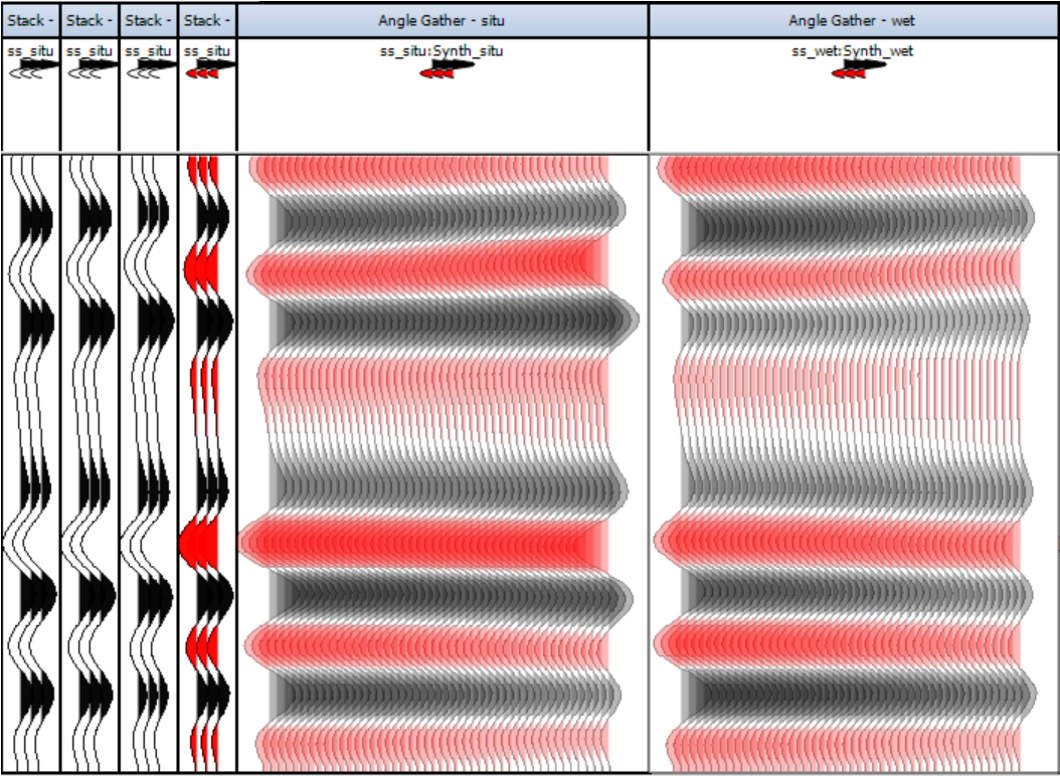
Acoustic Waveform Processing
Due to tool limitations and difficult acoustic environments, sonic logs can be challenging to interpret. Yet acoustic data is fundamental to reservoir characterisation. Acoustic Waveforms helps you assess input raw data quality and adjust re-processing parameters to optimise output quality – without long-winded workflows.
- A complete sonic log processing module designed by experienced industry specialists
- Rapidly re-process raw waveforms with your own filters and semblance parameters to derive slowness curves
- QC input data and build confidence in your analysis
- View each tool mode in detail to differentiate genuine and spurious arrivals
- Process and interpret any wireline or LWD acoustic log
- Simple workflows for identifying borehole stress and anisotropy
Pictured: Carry out reprocessing of raw acoustic waveform data.
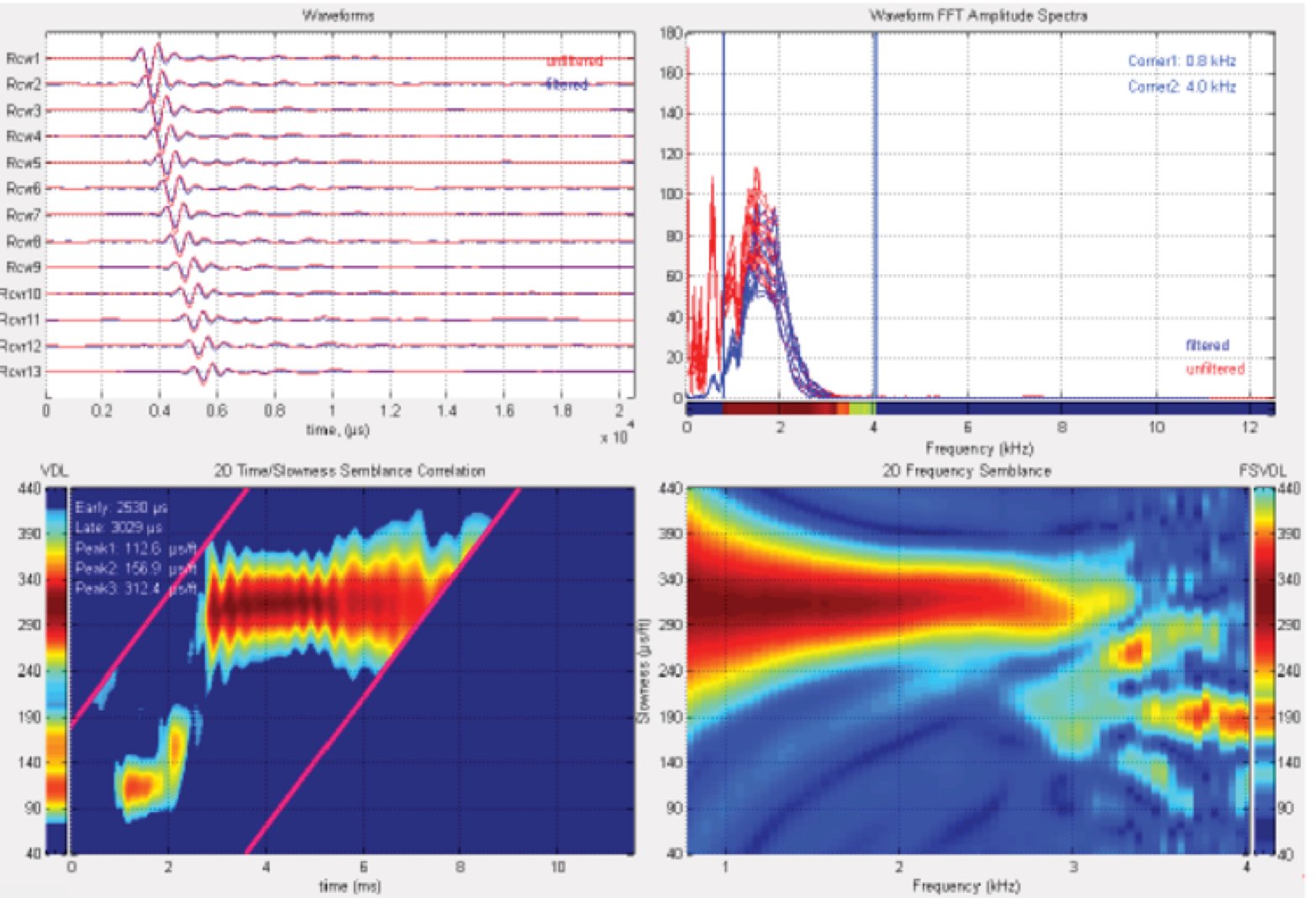
Explore IP
From porosity and pore pressure to reservoir productivity, IP gives you an incredibly capable and customizable solution to share and interpret well logs and many other vital data types.
Toolkits
IP Foundation
Contains all the tools and modules required for the complete management of subsurface log data including loading, log plots, x-plots, histograms, editing, filtering, depth shifting, exporting etc. Carry out the full, deterministic, petrophysical workflow – Includes Clay Volume, Porosity/Water Saturation, Cut-Off and Summations modules plus NMR Interpretation. Also includes Monte Carlo Analysis for uncertainty analysis, Chrono Log, IP Power Tools and the ability to create you own IP applications.
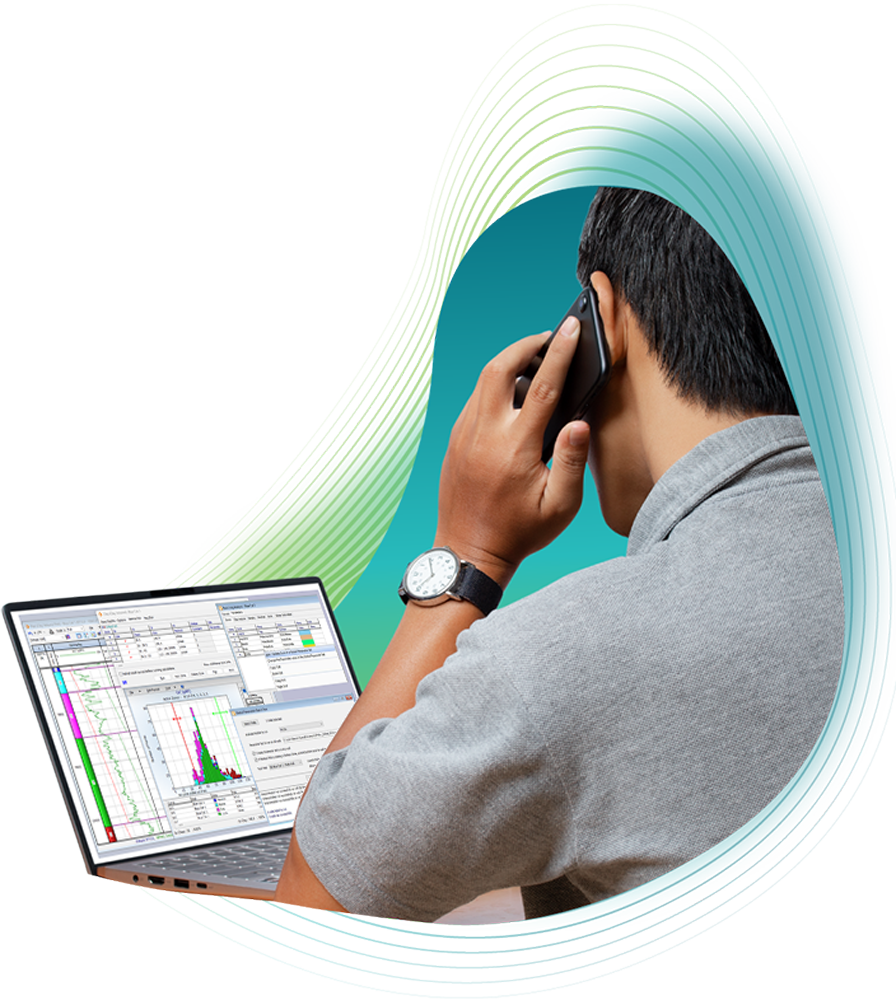
Advanced Formation Evaluation
Carry out complex interpretations with Mineral Solver, and characterize your reservoir with Saturation Height Modeling, Hydraulic Flow Units, and Formation Testing modules.
Learn More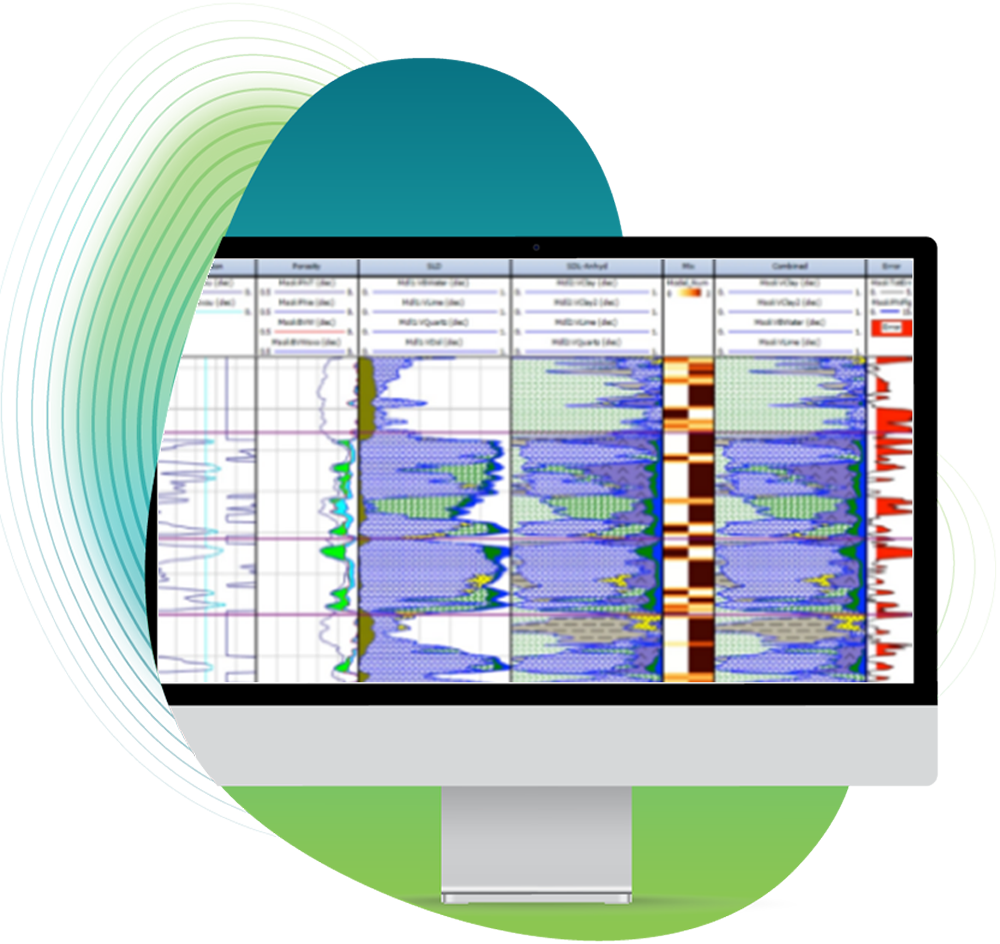
Borehole Imaging
Perform enhancements and corrections to Image Log data, utilize the vast amount of display and interpretation options specifically tailored for all the main image log tool types on the market.
Learn More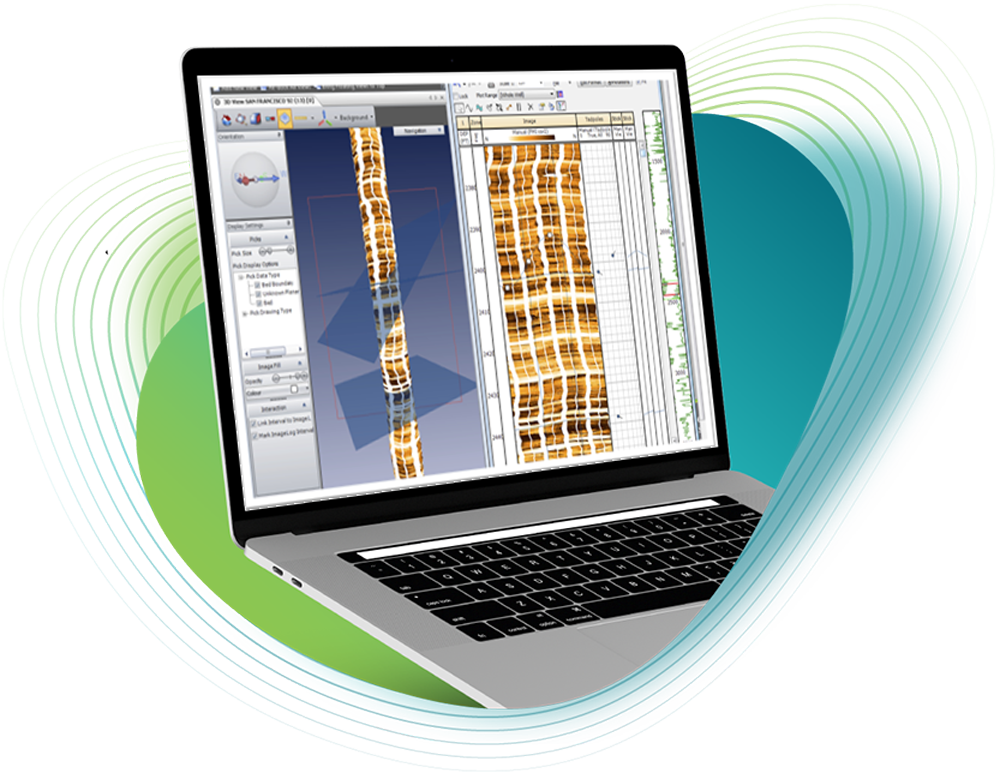
Cased Hole
Assess the downhole integrity of your wells with the casing and cement evaluation modules, while also monitoring reservoir fluid saturations and the production performance of each well.
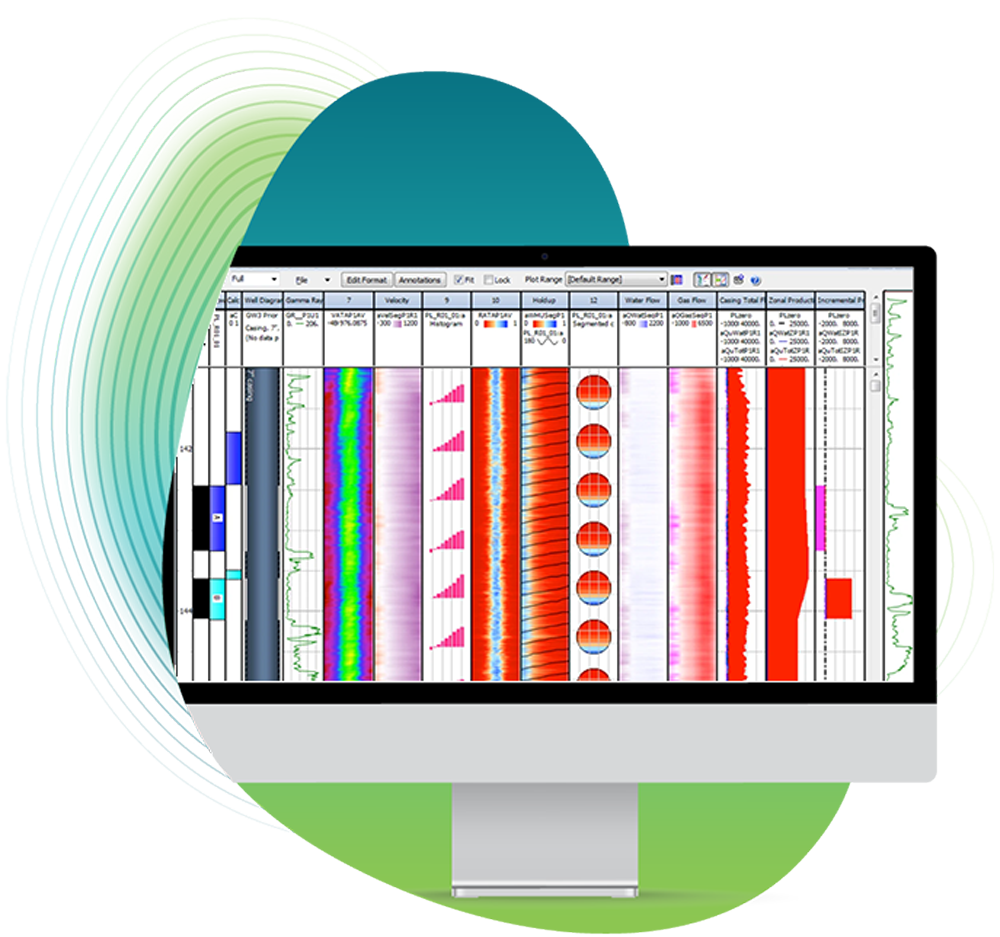
Geomechanics
Assure your well’s stability and maximize production lifetime using our suite of Geomechanics modules. Calculate pore pressures, determine wellbore stability and calculate risk of sand production.
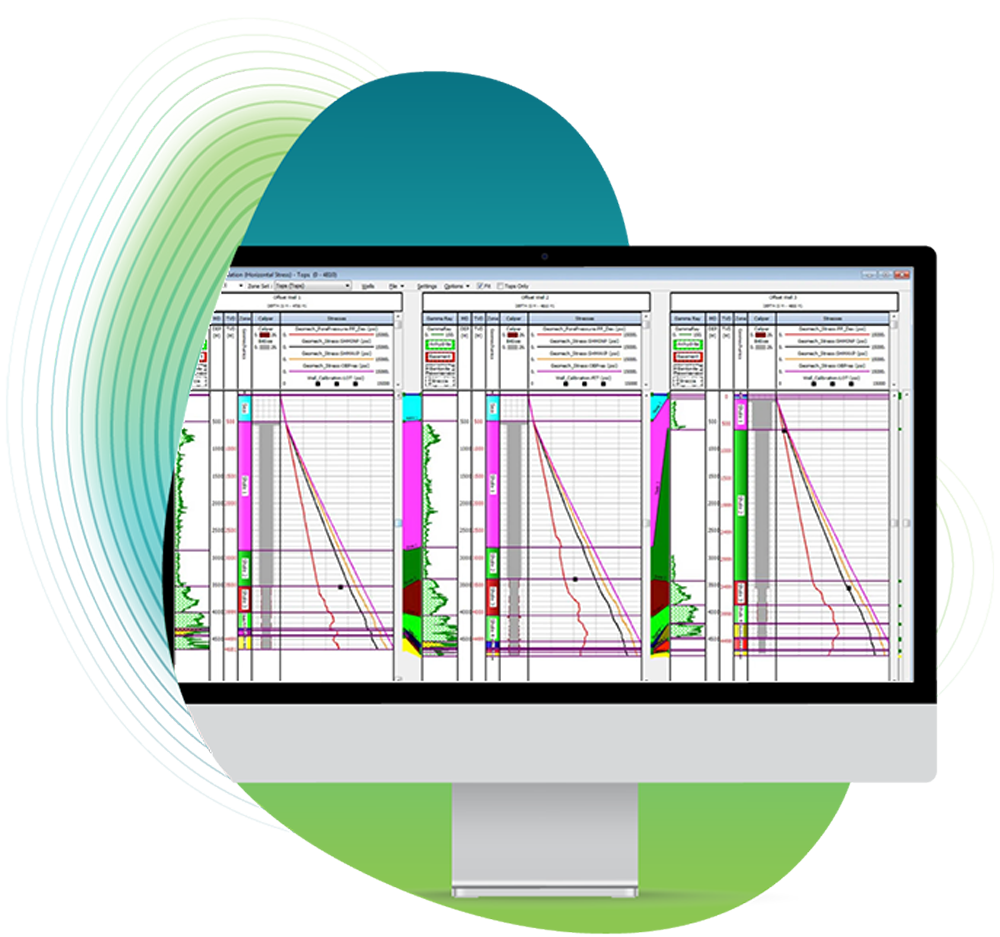
Geophysics
Bring your Petrophysics and Geophysics teams together to calculate the downhole acoustic properties of the formation, carry out fluid substitution analysis and create synthetic seismograms.
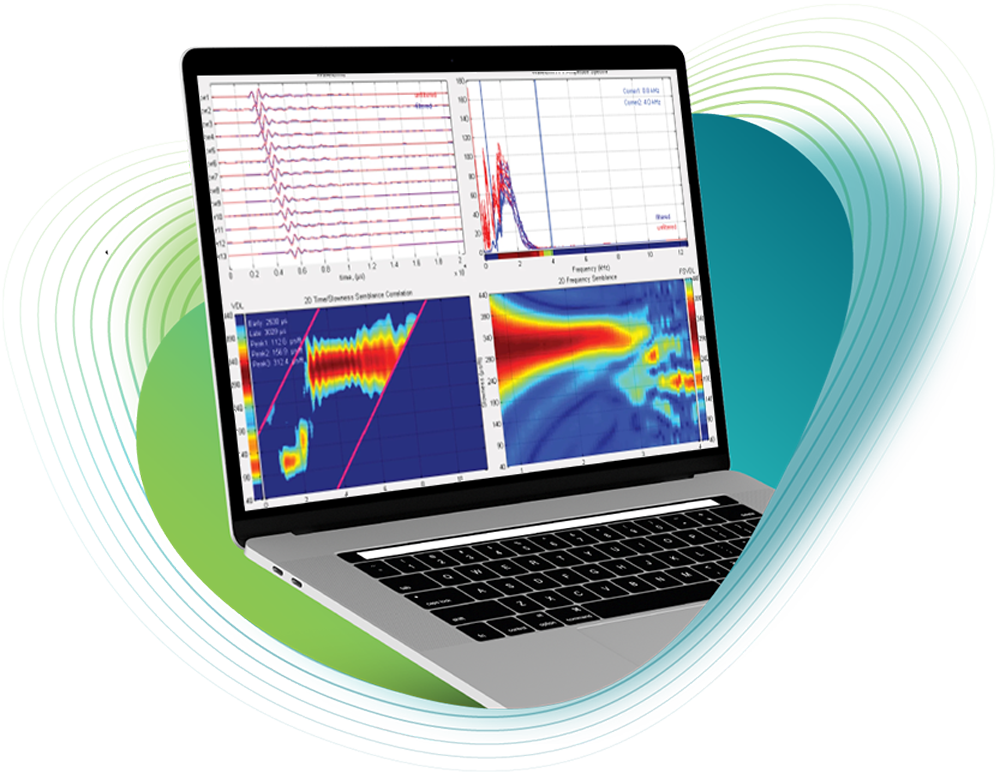
Machine Learning
Carry out data repair, prediction of missing curves, or key reservoir properties using minimal source data. Classify reservoir rock types using Self Organizing Maps and Cluster Analysis.
